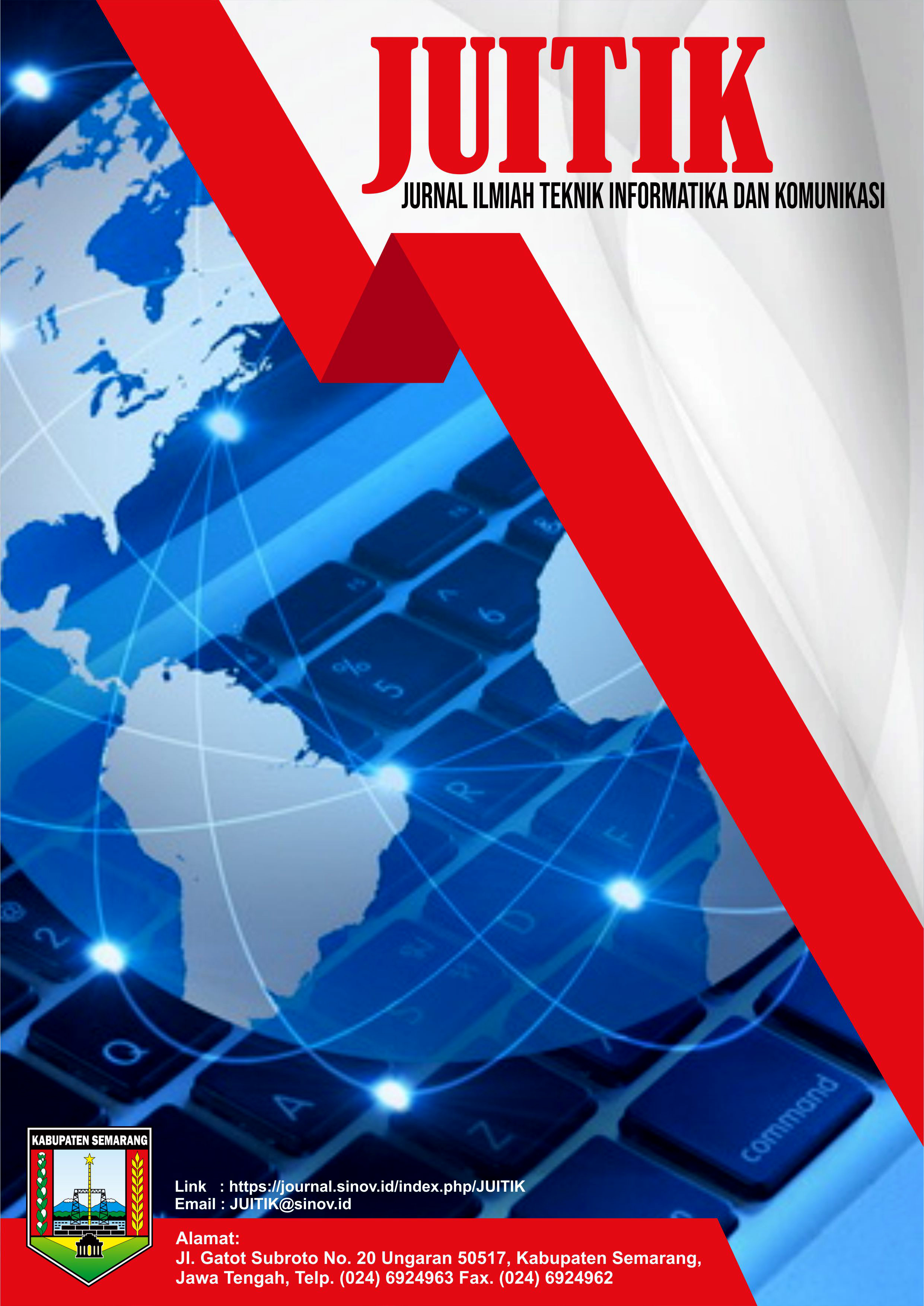Analisis Representasi Islam Moderat dalam Konten Dakwah Digital
Studi Kasus YouTube @NussaOfficial
DOI:
https://doi.org/10.55606/juitik.v5i1.1210Keywords:
Digital preaching, Moderate Islam, YouTubeAbstract
The development of digital technology has changed the way religious values are broadcast, including in the context of preaching. Platforms such as YouTube have become a new space for preachers to convey religious messages to the wider community. One channel that has attracted public attention is @NussaOfficial. This channel carries a moderate preaching approach with a modern and creative presentation style. This study aims to analyze the representation of moderate Islam in digital preaching content on the @NussaOfficial YouTube channel using the perspective of Stuart Hall's discourse theory. The critical discourse analysis method is used to understand how meanings are formed and represented through word choice, narratives, and visualizations. The results of the study show that NussaOfficial has succeeded in representing Islam as a religion that is peaceful, tolerant, inclusive, and relevant to modern life, while also forming a moderate Islamic identity amidst the flow of digital information.
References
Arifin, Z. (2019). Islam moderat: Antara toleransi dan relevansi. Bandung: Remaja Rosdakarya.
Azhari, M. (2020). Digital da’wah: New trends in Islamic communication. Yogyakarta: UII Press.
Effendy, A. (2021). Islamic discourse on social media: Case study of Ustaz Abdul Somad's Facebook page. Al-Tamkîn Journal, 14(2), 112–130.
Febriani, N. (2020). Strategi komunikasi dakwah di media sosial. Jurnal Dakwah dan Komunikasi, 14(1), 78–95.
Gunawan, T. (2023). YouTubers religi dan perubahan makna dakwah di Indonesia. Yogyakarta: UGM Press.
Hall, S. (1997). Representation: Cultural representations and signifying practices. London: Sage Publications.
Hidayatullah, M. (2020). Islam Nusantara: Konsep dan praktik di Indonesia. Surabaya: Averroes Press.
Indrawan, F. (2022). Audience reception of Islamic content on YouTube. Journal of Digital Communication, 10(3), 201–218.
Lestari, R. (2021). YouTube sebagai medium dakwah di kalangan milenial. Jurnal Ilmu Komunikasi, 19(2), 134–148.
Malik, I. (2021). Digital literacy and religious understanding among Muslim youth. Asian Journal of Communication, 31(5), 443–458.
Prasetyo, B., & Utomo, A. (2022). Digital preaching and youth engagement in Indonesian Islamic context. Journal of Religion and Media, 18(1), 45–67.
Putra, I. K. (2021). Dakwah digital: Transformasi komunikasi keagamaan di media sosial. Jakarta: Rajawali Press.
Rahmawati, D. (2020). Humor dalam dakwah digital: Studi kasus channel YouTube NussaOfficial. Semarang: Universitas Diponegoro Press.
Ramadhan, M. (2023). Penggunaan animasi dalam dakwah anak. Jurnal Komunikasi Islam, 12(1), 56–72.
Setiawan, H. (2022). Dakwah dan identitas digital generasi Z. Surabaya: ITS Press.
Suryadi, E. (2021). Budaya lokal dalam dakwah modern. Malang: UIN Maliki Press.
Susanto, J. (2022). Komunitas virtual dalam dakwah digital. Jakarta: Kencana.
Wahid, A. (2020). Strategi dakwah di era disrupsi teknologi. Bandung: Alfabeta.
Wodak, R. (2011). The discourse of politics in action: “Politics as usual”. London: Palgrave Macmillan.
Yusuf, A. (2023). Digital content analysis of religious videos on YouTube. Media and Communication Studies, 15(4), 89–102.
Downloads
Published
How to Cite
Issue
Section
License
Copyright (c) 2025 Jurnal Ilmiah Teknik Informatika dan Komunikasi

This work is licensed under a Creative Commons Attribution-ShareAlike 4.0 International License.










